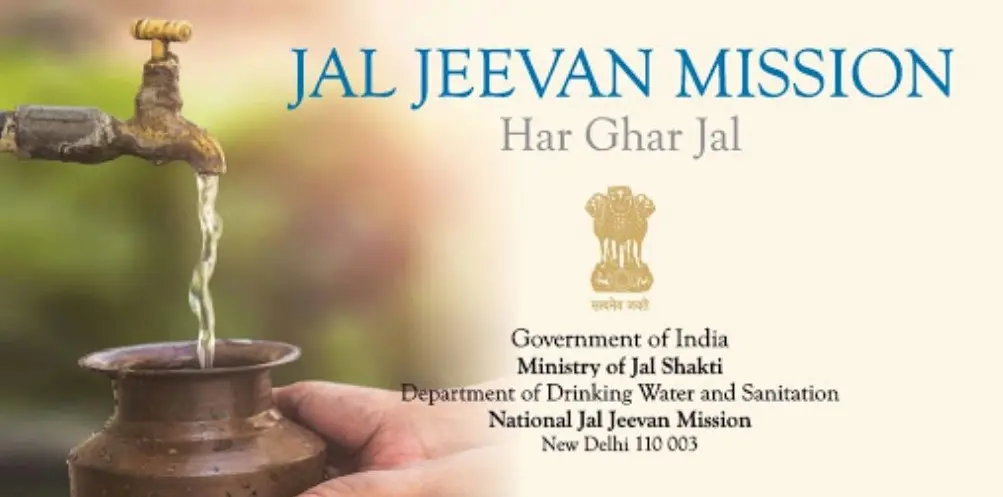Free Courses Sale ends Soon, Get It Now


Free Courses Sale ends Soon, Get It Now



Copyright infringement not intended
Context - According to the latest report released by The Ministry of Jal Shakti the ‘Jal Jeevan Mission Achieves 50% target’.
Details
Jal Jeevan Mission
Features
Jal Shakti Abhiyan
Steps by the Government for water management
Steps need to be taken
Way forward
https://www.pib.gov.in/PressReleasePage.aspx?PRID=1828956
© 2024 iasgyan. All right reserved